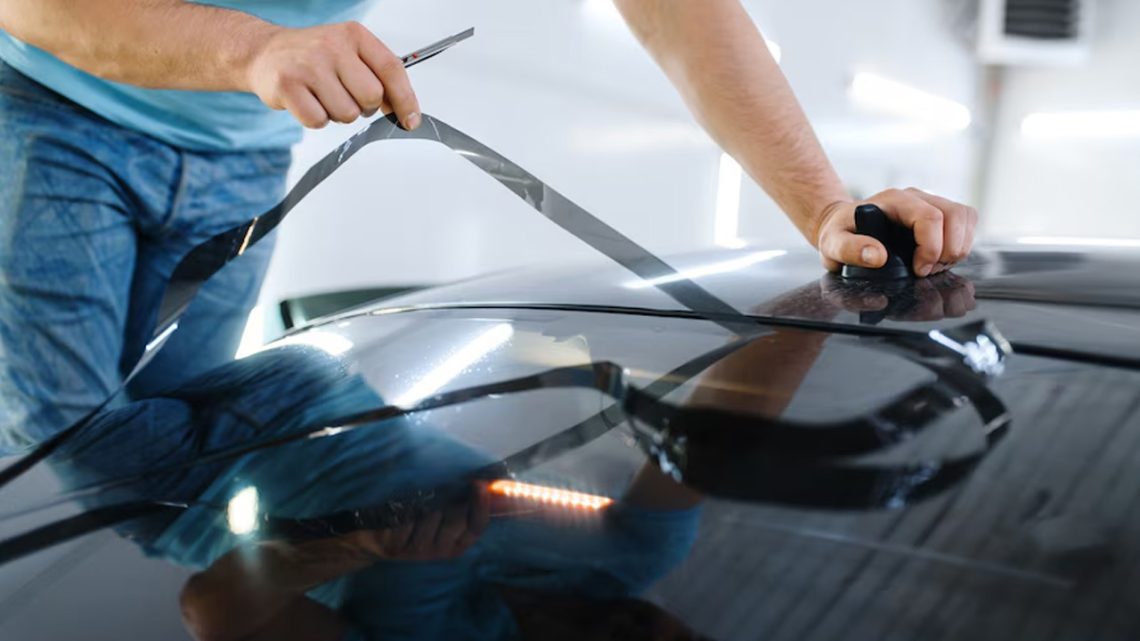You look around and notice the trend of tinted windows at its peak these days. But you get a real shock discovering that the tone and shade vary so much in the cars you see around that it gets confusing to choose one for your vehicle. They come in myriads of shades: light or dark, charcoal or grey, and many more shades. They also vary in terms of quality, some are cheaper while others are expensive.
Table of Contents
So, if you want to follow the fad of the day and tint your car to enhance the look, you need to understand the idea of tinting your car. The first and foremost is;
What is the Purpose of Tinting Your Car?
Tinted windows give your car a chick look. But that is not the only reason there is such hype about tinted vehicles. Enhancing the aesthetics of your vehicle is only one benefit out the numerous ones they offer. It protects you and your car’s interior from the harmful UV rays from the sun and limits your chance of sunburn.
Tint film also protects from scorching heat on your daytime voyage on hot summer days. It also provides you with privacy from unwanted peeking from the onlookers. Considering the aesthetic appeal paired with the practical benefits you might feel an urge to get them tints installed on your car windows but hold on for a while! First, you need to know about the different car tint levels.
Car Tint Percentage
You can tint your windows according to your desired amount of tint percentage. Tint percentage determines how much light can pass through the tint. When the visibility percentage is higher, more light can pass through the tint. When the tint percentage is lower it means that less light can pass across the tint. It is referred to as visible light transmission also known as VLT. Keeping in mind your specific requirements you can choose your desired percentage. A lower percentage means a darker film and vice versa.
Every Thing You Should Know About Car Tint Levels
You must consider these things about motor tinting as it will save you from many things in future. Consider the following;
- Safety Concerns. Too dark tints with very little visibility can be a safety hazard. Always consider your safety first while making decisions like these.
- Legal Consideration. Always check the legal tinting rules and laws by authoritative body before tinting your car. The percentage of tint allowed varies from locality to locality. It also varies according to the different tinting laws across all United States for different parts of the vehicle. Always check the percentage for the side windows, windshield, side mirrors, and rear glass, separately. Some countries require legal permits to tint the car.
You also need special permission from the concerned department if you have a medical reason to tint the car. Usually, tints that are too dark to prevent any visibility or tints that are reflective are considered illegal. Comply with the legal terms while choosing the percentage levels of your car tint.
Variety of Percentage Choices
There are numerous film percentages available, from the darkest to the lightest. Keeping in mind the legal considerations you can choose one out of these. The visibility percentage can be as low as 5% and as high as 80 to 90%. Depending on your specific concerns you can choose your desired film. If you want maximum protection from harsh sunny weather you can always opt for a lower percentage of car tint levels, within the legal boundaries.
The type of vehicle and the use of your car also determines the level of tint you need. You should also make up your mind about whether you are installing the films for practical reasons or aesthetic ones. Because if you are more concerned about the look of your car you should choose a darker tone. It significantly enhances the appearance of your vehicle not only from the outside but the inside too. To choose the best option for yourself you should have proper knowledge about the variety of tints available.
1) 0%
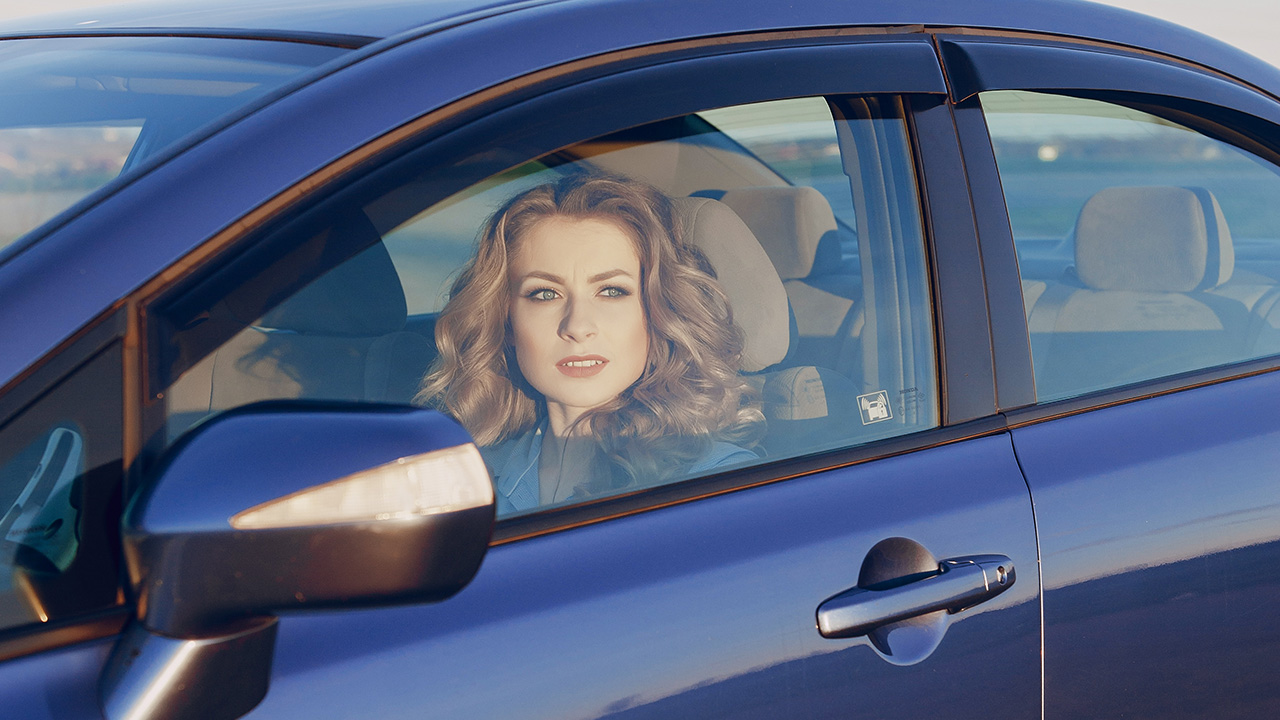
The 0% tint level blocks 100 percent heat and light and provides maximum protection from scorching heat. It is invisible from the outside and gives maximum security. It also gives a very cool look to your vehicle and it is not legal in many countries.
2) 5%
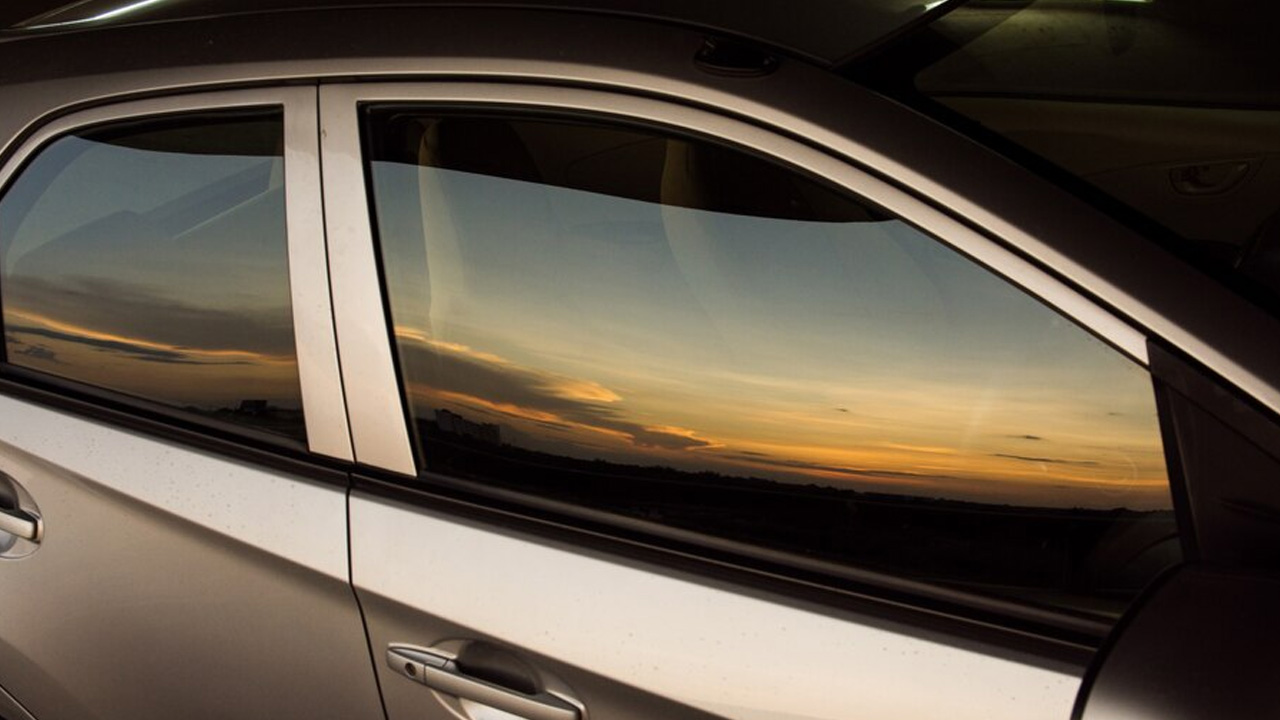
5% is the darkest film percentage that only lets 5% light visibility across. It gives the car a very classic look and protects your skin from sun damage. This level protects your lush car interior from any sun damage and usually not recommended for the front windows due to safety concerns. It is a good option for the back side window and back mirror for more privacy and protection. It gets extremely dark with such a low percentage for the front windows and can hamper vision. And that is why it is not legal in many countries.
3) 15 to 20%
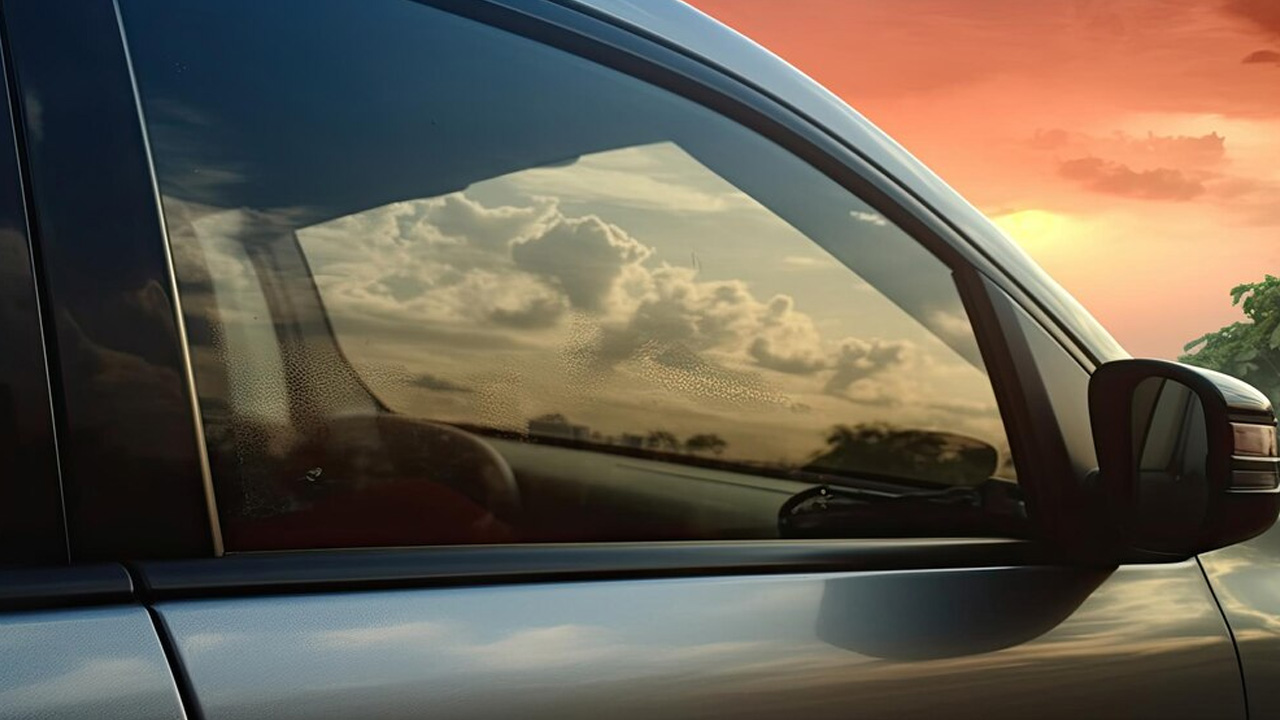
A percentage of 15 to 20% is a better option than 5% because it provides protection from sun and heat but it is not as dark as 5% therefore it is less dangerous at night. It is the best tinting option for hot places because it protects the car’s interior from sun damage and protects sunburn too. It provides complete security too from onlookers peeking in. However, it is also illegal in many countries due to its lower visibility and might not be a very safe idea for nighttime driving due to the lower visibility percentage.
4) 35%
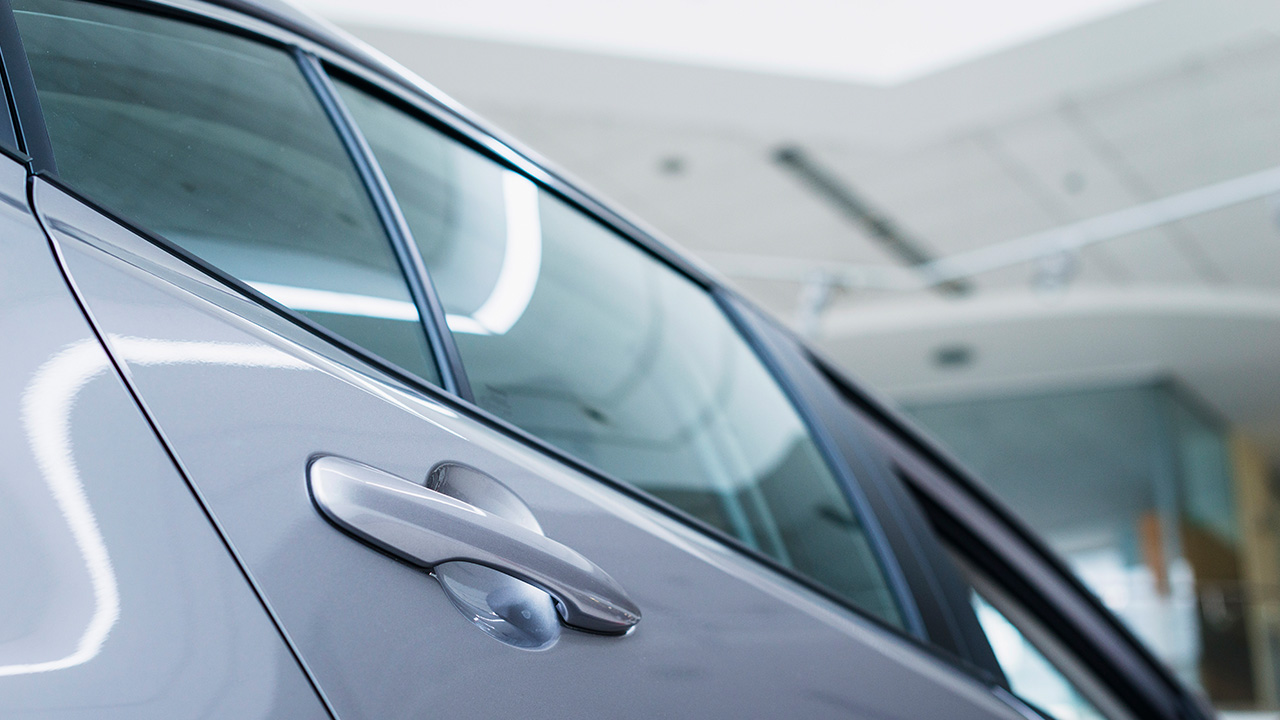
A 35 percent tint allows light and visibility and is usually more popular due to reasons like it allows enough transparency that it is legal mostly. It is perfect for you if you want moderate security, not too much protection. It is not as effective against harsh sun rays and scorching hot weather because of the higher transparency percentage than the 5 to 20% films. However, it is always safe and in compliance with the tinting rules. It provides enough comfort in hot weather that it is the most popular tinting percentage. It does not hamper the driver’s vision in the nighttime due to the level of visibility it still provides.
5) 50%
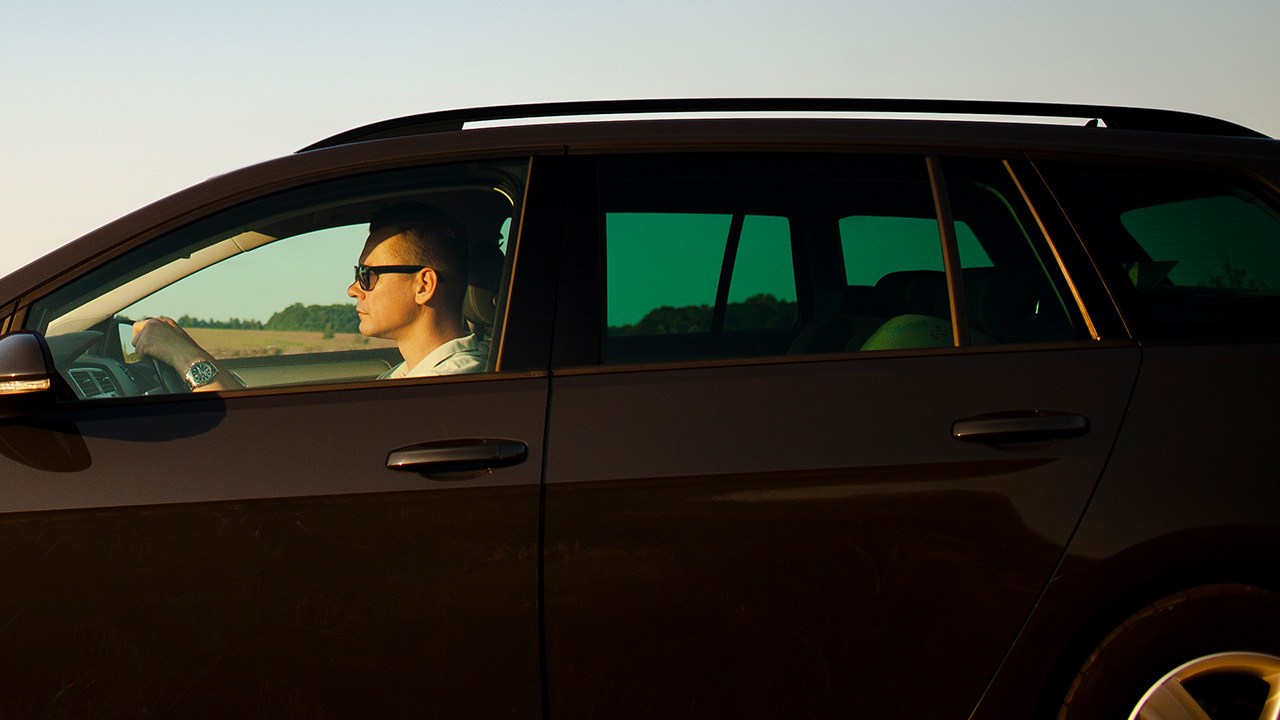
A 50 percent tint allows 50 percent visibility and transparency. You may not enjoy the same amount of security you might do with the darker alternatives. It also does not provide the same amount of protection from sunlight and extreme weather. And does not offer the same protection from outsiders peeping in. It is extremely safe for nighttime driving due to the amount of visibility it offers. 50 percent tinting is legal almost everywhere. It is still a better option for visual appeal. It provides 50percent protection from light and sun rays and provides you the comfort of a safe drive on a long journey without getting headaches due to extreme weather.
6) 70%
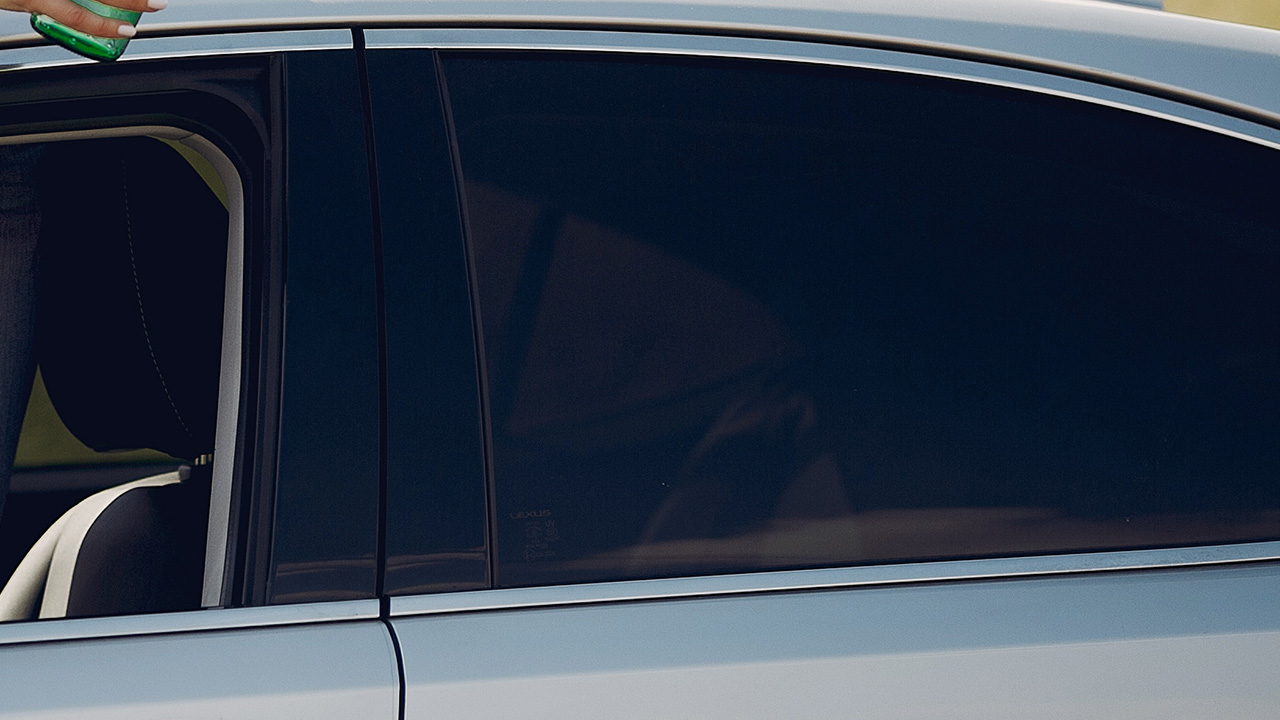
A 70% tint is a popular option these days, means that it allows 70 percent light across it. It does provide comfort but does not provide privacy from onlookers. It is almost bare from the outside and the inside of the car can be seen almost clearly. This tint level is still a better option than un-tinted windows because it provides 30 percent protection from sunlight and heat.
7) 80%
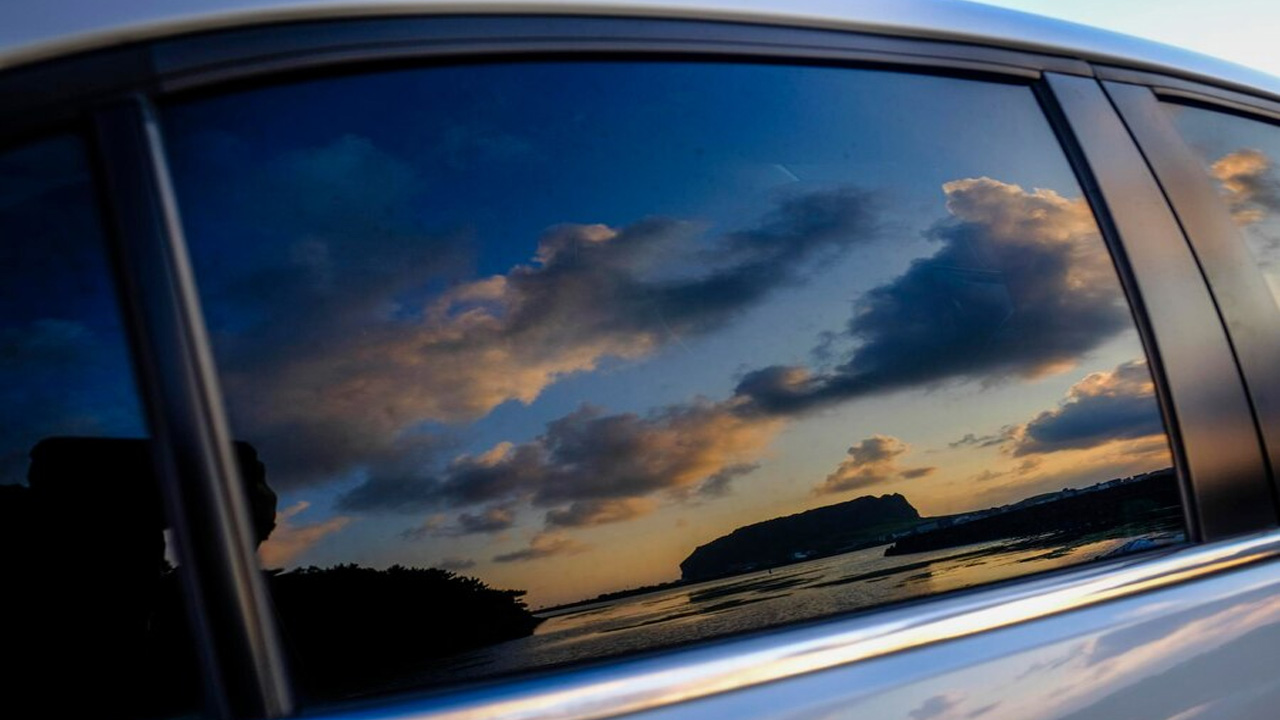
80 percent tint is also very common for people who want to play it safe and want a minimal amount of tinting. It is visible from the outside and provides no privacy. It blocks 20% of light and heat and provides you some comfort from extreme weather it does not hamper your vision on the road.
Factors to Consider Before Tinting Your Car
There re certain factors to consider while tinting your car, as;
- Always consider the best quality of the film. No matter what the shade of your tint is if the quality is not good your car’s tint will be removed soon and give your vehicle an ugly appearance. Replacing and retinting to soup the car up will cost more money than investing in a good quality tint in the first place.
- Always keep in mind the factory tint of your vehicle before tinting your car. If your car is factory tinted and you are considering retinting it, use the following technique: Multiply the percentage you chose with the percentage you already have on your car and that would be the actual percentage after the tinting.
- You can tint your car windows either by a professional or DIY, if you have the expertise. You should seek the help of a professional if you can afford it because doing it yourself comes with the risk of ripping the film or leaving an air bubble.
- When hiring a professional always look for good reviews and experience. Do not end up in the hands of an unprofessional. Also, keep in mind to look for warranty.
- Observe cars on the road and discuss samples of the numerous car tint levels with a professional to make the right decision.
Take Away
Tinting your car window films depends on your personal choice, your need, and the tinting rules of your country. Never settle for anything less than the best when it comes to soup up your most valuable car: your automobile. Weigh the pros and cons of all the options available and only then choose the right shade.
